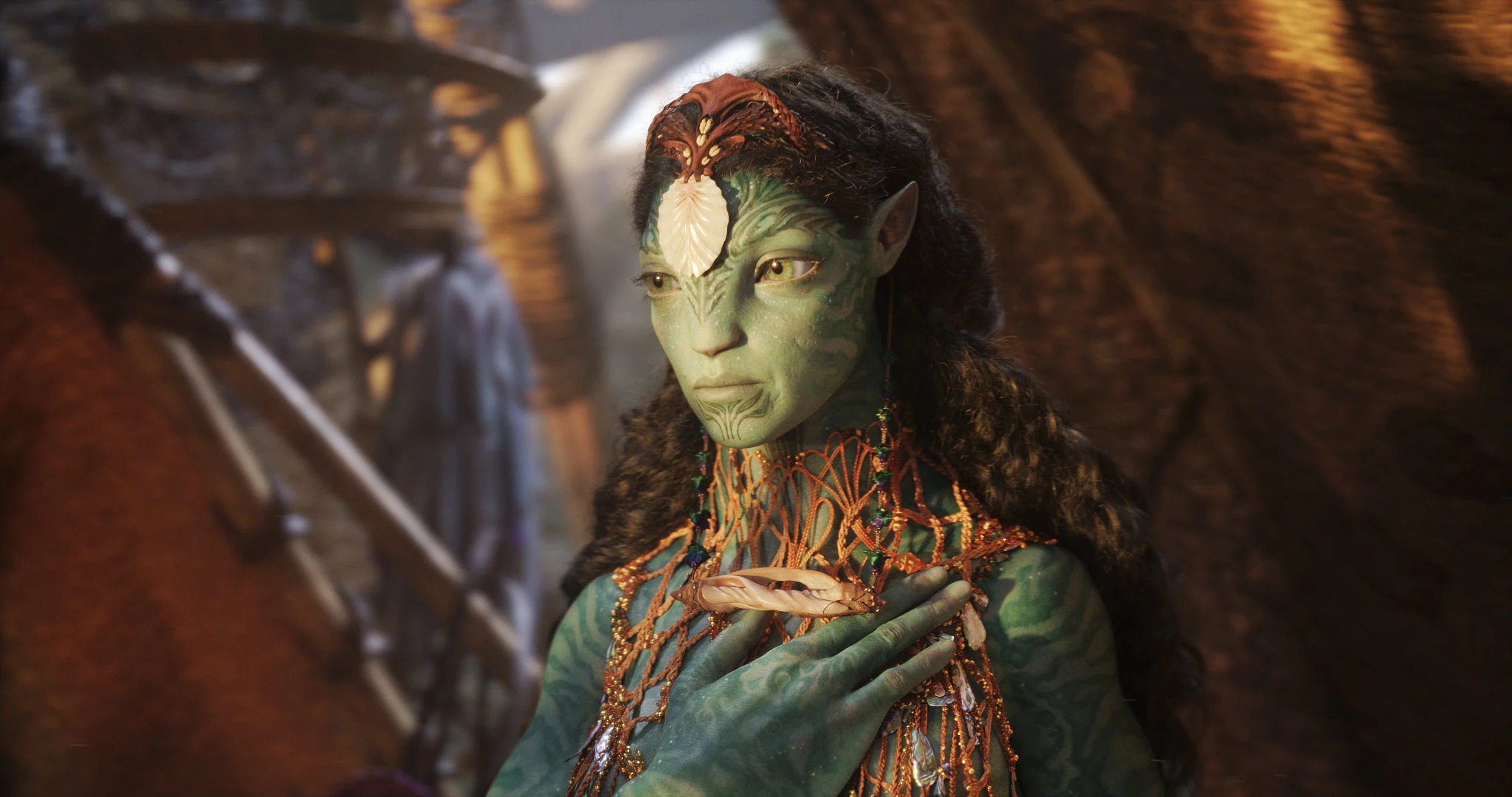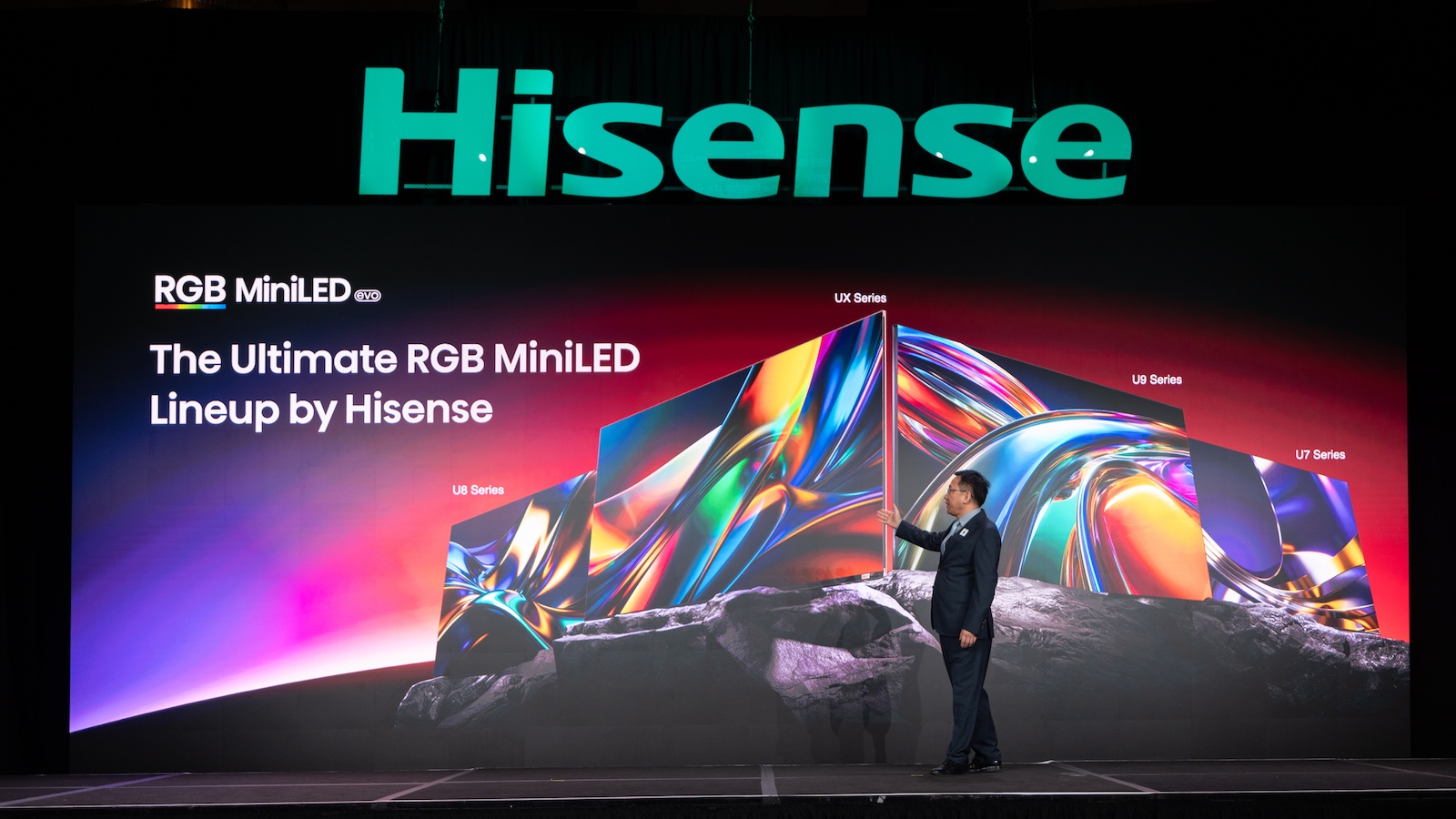Go, Cameron, go: why movies need more HFR filming
The more frames the better, right? Anyone?

Movie-making hasn’t changed nearly as much video game creation has in the last 30 years. More filmmakers have switched from shooting on film to shooting digitally, special effects (SFX) have certainly improved, 3D came and went as the fad everyone suspected it to be, and IMAX is more popular than ever. But that’s about it.
However, one of the biggest advancements in the art of making movies is ‘High Frame Rate’ filming, or ‘HFR’ for short – something that has been in the headlines of late due to its success in Avatar: The Way Of Water. Traditionally, movies are shot at 24 frames per second (fps), but HFR increases that to 48fps or beyond. The reality is that the higher the frame rate, the smoother the video. After all, the more frames there are, the less blur there is. Peter Jackson’s Hobbit trilogy and James Cameron’s Avatar films have shown the benefit of HFR treatment in recent years, though it’s by no means ubiquitous in movie-making today.
While for some the jump to HFR feels unnaturally smooth and jarring, I’m terribly excited to see this technology proliferate in the film industry in the coming years, and I think you should be too. Allow me to explain why…
What is HFR and why does it matter?

On a fundamental level, a movie looks and feels ‘cinematic’ partly because of its frame rate. Movies typically run at 24fps for a reason: it’s generally accepted to be the lowest frame rate required to have motion look natural and smooth to the human eye. Anything less can appear unnatural and jerky.
Okay, but why not more frames? Today, thanks to video games and the general proliferation of higher frame rate content on YouTube, where you’ll often be selecting between 30fps and 60fps, high frame rate content is a lot more familiar to the general population than it was 10 years ago. And the argument for higher frame rates in film is just about the same as it is for YouTube videos and video games.
The higher the frame rate, the smoother the video. With more frames, there is less blur – and this can be generally useful as a tool to improve image quality. For example, a hallmark of modern Hollywood (think Marvel movies) is action-packed scenes bursting with quick cuts to accentuate the intensity of what’s happening onscreen.
During these fast, dense action scenes, however, it’s hard to actually make out fine detail because of the blurring inherent to fast movements and quick pans at the cinematic 24fps of film. HFR filming can alleviate these problems. This is why sports broadcasts are sometimes shown in 60fps – it’s much easier to make out what’s happening onscreen.
The latest hi-fi, home cinema and tech news, reviews, buying advice and deals, direct to your inbox.
So, why isn’t everything just filmed at the highest frame rate possible for the smoothest video possible? Well, this is where the situation gets complicated. See, HFR content can appear too smooth, making a movie or TV show feel unnatural. This is generally what folks term the ‘soap opera effect’ because soap operas were traditionally filmed at higher frame rates than movies and looked hyperreal because of that. Where does that soap opera effect come from? Partly mere aesthetic preference, partly down to our familiarity with watching film at 24fps, and partly down to how the human eye actually works.
There are, however, applications where HFR can work great as a tool to use in pursuit of better image quality. Enter James Cameron, who is doing his best to use HFR as a tool for just that.
James Cameron, HFR and Avatar

Whatever you think of him or his films, James Cameron is unquestionably a pioneering filmmaker. The script of the original Avatar might be criticised, and his love for 3D may not have served him or the industry all that well, but he is certainly a man who pushes the technological boundaries of filmmaking.
With his latest instalment in the Avatar franchise, The Way Of Water, James Cameron is using HFR filming in a rather unique and exceedingly modern way that I hope is adopted more widely in the future.
In the recent past, HFR movies have tended to be, well, HFR movies: they were shot at a frame rate above 24fps in their entirety. Cameron, however, chose instead to rely on HFR for some scenes and not others, sometimes even jumping from 24fps to 48fps within different moments in a single scene. Generally, Avatar uses HFR to enhance scenes when there’s tons of action happening onscreen – flying scenes and those underwater – while opting for a standard 24fps for more static and conversational moments to avoid any unwanted hyperrealism.
Of course, the idea of such technology is that you don’t explicitly notice it; you should just see that what's on-screen looks ‘real’ (and real good!) as opposed to distractingly fake (and bad!). In Avatar 2, the underwater scenes in particular look gorgeous in HFR, not just when the characters are swimming or riding animals at high speed but also when the camera is static and underwater objects move past it – but there is an occasion or two where you might notice when it drops back to 24fps, and that is less than ideal and hopefully something that can be progressed in future hybrid HFR/SFR films.
This does take some getting used to, especially if you’re already sensitive to changes in frame rate, like many gamers can be, but the result is that cinematic feeling of 24fps outfitted with all of its traditional weight and blur right alongside the pristine clarity of HFR filming when it can be best used to its greatest effect. A sort of best of both worlds scenario.
HFR filming into the future

Iron out some of the transitional issues (in post-production, in all likelihood) and I believe the way in which The Way Of Water was filmed is a blueprint for the future. Since Peter Jackson’s Hobbit came out in 2012, a lot has changed: entire generations of kids have grown up watching 60fps YouTube videos and playing games at frame rates well above 24fps.
In some ways, the derision the HFR versions of the Hobbit movies received when they were released can be explained by the exposure the general populous had to higher frame rate content back then. In 2012, we were still on the PS3-generation of consoles that ran games at largely 720p 30fps, and YouTube didn’t even support 60fps until 2014.
Now that high frame rate content is everywhere, and zoomers are playing Minecraft at 60fps and boomer sports-obsessives are watching 60fps feeds of their games, it is becoming more and more accepted and should make for a significantly less jarring experience at the cinema.
It may well never make sense to shoot a very slow-paced, dialogue-heavy indie romance with a higher-than-normal frame rate, but that’s okay. In the same way you don’t need every movie to be shot in IMAX, you won’t need every movie at a high frame rate. Considering how popular higher frame rate content is becoming, however, and the obvious advantages of it for certain cases, we’re bound to see more of it.
And when it comes to the action-packed nature of Hollywood with its relentlessly fast pace, incorporating HFR filming and exchanging blur for pristine clarity feels like a total no-brainer.
MORE:
If you're buying a gaming TV, you might want to wait until 2023
I've seen House of the Dragon's darkness problem and it's inexcusable
I’m a serious 4K HDR nerd, but I’ll be leaving both off for the World Cup
Ruben is a long-time freelance consumer technology and gaming journalist, and was previously a Staff Writer at What Hi-Fi?. Since 2014, Ruben has written news, reviews, features, guides, and everything in-between at a huge variety of outlets that include Lifewire, PCGamesN, GamesRadar+, TheGamer, Twinfinite, and many more. Ruben's a dedicated gamer, tech nerd, and the kind of person who misses physical media. In his spare time, you can find Ruben cooking something delicious or, more likely, lying in bed consuming content.

